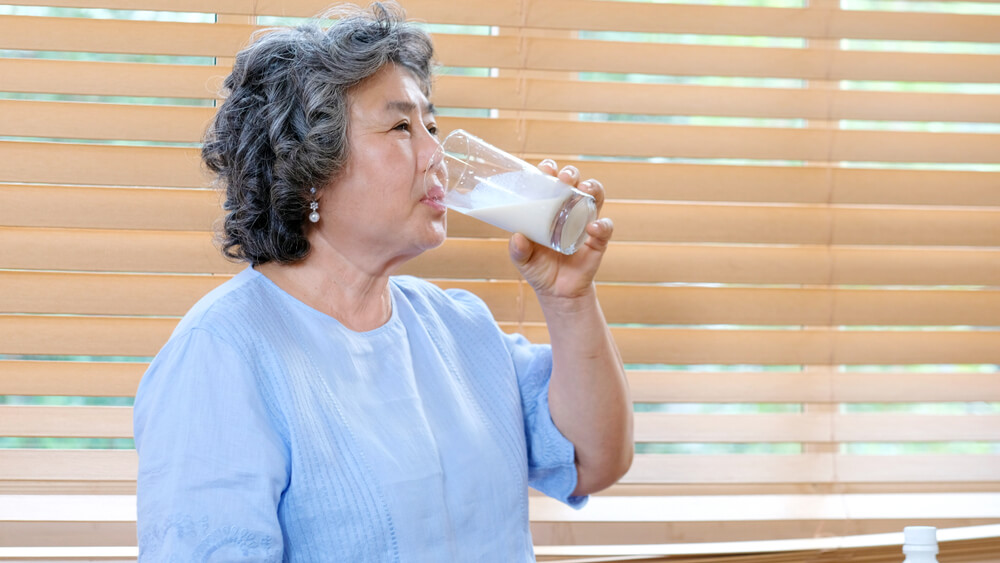Osteoporosis is a condition where the density and quality of your bones gradually decrease over time. This condition can affect just about anyone, but it’s most common in women over 50. Over the years, medical researchers have looked into various treatments for osteoporosis. This research has been used to create the osteoporosis treatment guidelines used by many doctors. Here are three treatment options that are often included in these guidelines:
- Increase calcium intake
One common recommendation found in osteoporosis treatment guidelines is to increase the patient’s calcium intake. Calcium is a natural mineral that helps strengthen your bones, and not getting enough of this mineral in your diet can weaken the bones. This is because the body tends to draw calcium from the bones and teeth if you aren’t ingesting enough to meet its needs. In turn, this weakens these structures. The increased weakness can lead to the frequent fractures associated with osteoporosis.
You can prevent your body from taking calcium from your bones by increasing how much is in your diet. For example, you can eat foods that have a high calcium content. The most common source of calcium is dairy products, but you can also get it from foods like almonds or kale. Osteoporosis patients can take a daily calcium supplement to boost their calcium levels.
- Get more vitamin D
Another recommendation found in many osteoporosis treatment guidelines is to encourage the patient to get more vitamin D. This vitamin helps the body absorb calcium; not getting enough of it can make it harder for the body to absorb calcium, which may lead to osteoporosis. Low vitamin D levels can also cause osteoporosis symptoms to worsen.
Luckily, it’s not hard for most people to increase their vitamin D intake. For one thing, spending some time out in the sun causes the body to create vitamin D naturally. In fact, many people can take care of their daily vitamin D needs by spending between 10 and 30 minutes outside in the sun. If you don’t want to expose your skin to the sun, your body can also get vitamin D from certain foods. Some of these foods include cheese, eggs and fatty fish like salmon. There are also many vitamin D supplements people can take to get their daily dose of this nutrient. However, getting too much vitamin D can have consequences, so talk to your doctor before taking these supplements.
- Participate in physical therapy
Physical therapy is another option often mentioned in osteoporosis treatment guidelines. This is because it can help increase the strength of bone-protecting muscles. It can also help improve your posture and movement patterns, and these improvements can help decrease the risk of bone fractures.
The physical therapists at Advent Physical Therapy can help you find the right therapy for your osteoporosis. We can also help you find the best osteoporosis treatment guidelines for you. Our team can be found at clinics located throughout western Michigan, and we offer free screenings to help determine how osteoporosis is affecting your body. These screenings also provide us with information that helps our team build you a personalized treatment plan, which may include therapy methods like:
- Ergonomic recommendations
- Manual therapy
- Therapeutic exercises
- Balance training
Contact our team today for more information or to schedule an initial appointment to begin treating your osteoporosis.

